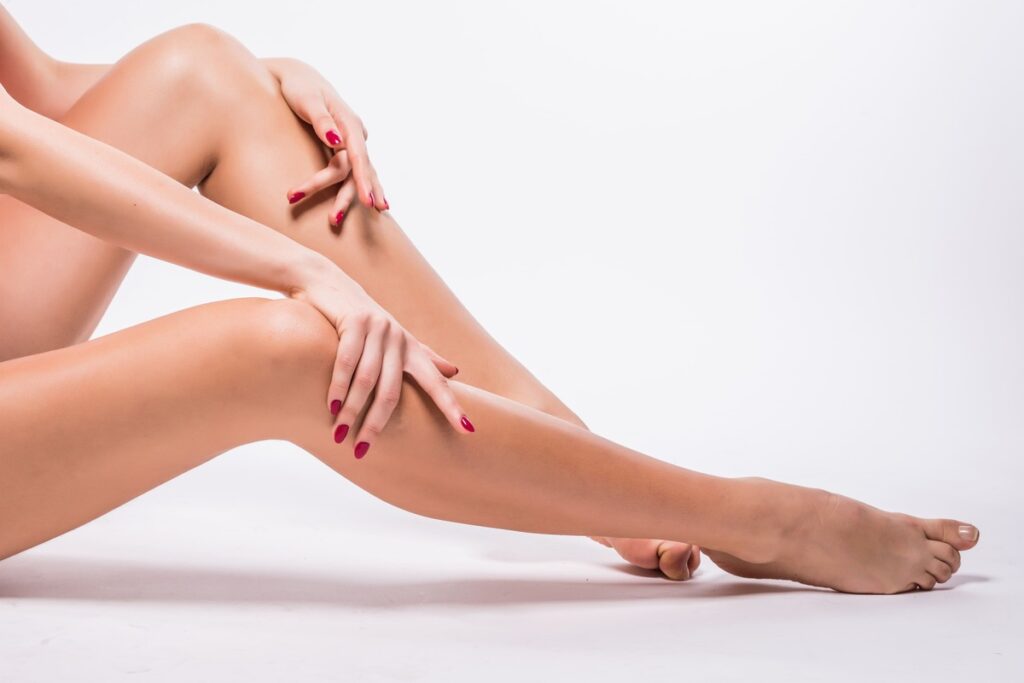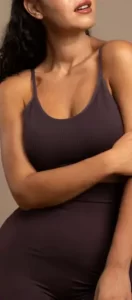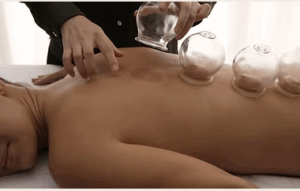Numerous adults suffer from varicose veins, a disorder that frequently results in discomfort and a worse quality of life. It causes hurting, swelling, and noticeable bulging veins. Although varicose veins are frequently written off as a cosmetic concern, they can be a sign of venous insufficiency and, if addressed, can lead to more serious problems like blood clots or ulcers. Thankfully, there are a number of efficient treatments available to assist control symptoms and stop more harm.
Modern solutions provide both medical treatment and increased mobility, ranging from lifestyle modifications to less invasive surgeries. In order to help patients and medical professionals make wise, sensible decisions for the long-term health of their veins, this article examines eight tried-and-true therapies that are intended to address the various phases and severity of varicose veins.
Understanding Varicose Veins
What Are Varicose Veins?
Usually found on the legs and feet, varicose veins are swollen, twisted veins caused by malfunctioning or weak valves. These valves play a crucial role in returning blood to the heart. When they aren’t working properly, blood collects and makes the veins bulge. Despite being frequently dismissed as a cosmetic issue, varicose veins can be uncomfortable and create major problems if left untreated. It is essential to comprehend this illness in order to recognize it early and treat it effectively.
Common Causes and Risk Factors
There are several factors that affect the development of varicose veins. You are more prone to get varicose veins if your parents had them; heredity is a major factor. Hormonal changes, aging, obesity, pregnancy, and prolonged standing or sitting are other risk factors. These circumstances raise venous pressure, which can result in valve failure. Prevention and early intervention can be aided by early identification of these triggers.
Why Early Treatment Matters
Complications of Untreated Varicose Veins
More severe health problems may arise if varicose veins are not addressed. Painful skin ulcers, especially those close to the ankles, can result from prolonged blood pooling. Veins can develop blood clots, which might be dangerous if they spread to the lungs. Rarely, persistent pressure can cause veins to explode. Another possibility is chronic venous insufficiency, which impairs skin oxygenation. Early symptom management can help avoid these issues.
Health Benefits of Early Intervention
Early treatment of varicose veins has several health benefits. It lowers the chance of more serious consequences as well as leg pain and swelling. Early intervention frequently results in less invasive operations and a quicker recovery for patients. Early treatment also maintains good circulation and can enhance physical comfort and beauty. Prompt action preserves overall vein function and guarantees long-term mobility.
1. Lifestyle Changes
Diet, Exercise, and Elevation Techniques
Simple lifestyle adjustments can greatly lessen the symptoms of varicose veins. A low-sodium, high-fiber diet aids in reducing swelling and relieving pressure. Walking and cycling are examples of low-impact workouts that improve blood flow and build calf muscles. Venous pressure can be reduced by elevating the legs multiple times during the day. These daily routines are crucial for preserving vascular health and enhancing leg comfort.
Managing Risk Through Weight and Mobility
Maintaining a healthy weight and moving regularly are essential for avoiding varicose veins. Leg vein strain from carrying too much weight increases the risk of valve malfunction. This pressure can be reduced with even modest weight loss. Better blood circulation is encouraged by regular exercise, such as standing, stretching, or taking quick walks. Avoiding tight clothing and wearing flat shoes can also improve blood flow and lessen symptoms.
3. Oral Venoactive Medications
What Are Venoactive Drugs?
Phlebotonics, another name for venoactive drugs, are used to treat chronic venous diseases. These oral medications function by improving lymphatic drainage, decreasing inflammation, and fortifying vein walls. They thereby reduce soreness, edema, and heaviness in the legs. These drugs provide a practical and non-surgical method of treating varicose veins, and they are frequently used in combination with other therapies like lifestyle modifications or compression stockings.
How Daflon® 1000 Supports Vein Health
Diosmin and hesperidin are plant-based bioflavonoids that make up the well-known venoactive drug Daflon® 1000. It lessens pain, edema, and inflammation by enhancing venous tone and decreasing capillary fragility. Daflon® 1000 is usually taken twice daily and has been shown to be successful in treating chronic venous disorders. Regular use under physician supervision can greatly improve vein health and quality of life.
4. Sclerotherapy
How the Procedure Works
In order to cause the afflicted veins to collapse and eventually fade, a specific solution is injected directly into them during a sclerosing procedure. The vein walls become irritated by the solution, which causes them to close. The treated vein eventually vanishes as the body absorbs it. Most patients can quickly return to their regular activities following this outpatient surgery, which typically takes less than 30 minutes and doesn’t require anesthetic.
Ideal Candidates and Results Timeline
For people with minor varicose veins or spider veins, this technique is perfect. It’s also a well-liked choice for cosmetic enhancement following surgery. For best results, several sessions could be required. Within a few weeks, noticeable progress is usually observed, and after a few months, the full consequences manifest. In order to promote healing and enhance outcomes, compression stockings are typically worn following therapy.
5. Laser Treatments (Endovenous Laser Therapy)
Minimally Invasive, Maximum Relief
Endovenous Laser Therapy (EVLT) is a state-of-the-art procedure that closes troublesome veins using laser radiation. After a tiny laser fiber is placed inside the vein, it collapses and seals due to carefully regulated heat. Only local anesthesia is needed for the brief procedure, which typically takes less than an hour. With an over 90% success rate, EVLT is exceedingly efficient and requires little recovery time.
What to Expect During and After the Procedure
Although patients may experience mild pressure or heat during EVLT, the technique is usually well tolerated. To promote recovery and avoid problems, a compression bandage or stocking is worn following therapy. Tightness and mild bruising are possible, although these usually go away in a week or two. This is a successful and efficient treatment option because most people can resume their regular activities the following day.
Key Takeaway
More than just a cosmetic issue, varicose veins are an indication of venous insufficiency, which can worsen if treatment is not received. Patients and healthcare professionals can access quicker, more affordable solutions that improve quality of life and lessen symptoms by investigating the best medical and non-surgical treatments currently available. Every strategy, from lifestyle modifications to laser ablation, provides a certain amount of adaptability and scalability to fit the patient’s requirements and the severity of the ailment.
Now that a variety of minimally invasive procedures are available, treating varicose veins is safer, faster, and more effective. Getting the right care is not only a medical choice; it’s also a wise, long-term plan for maintaining vascular health and mobility.






